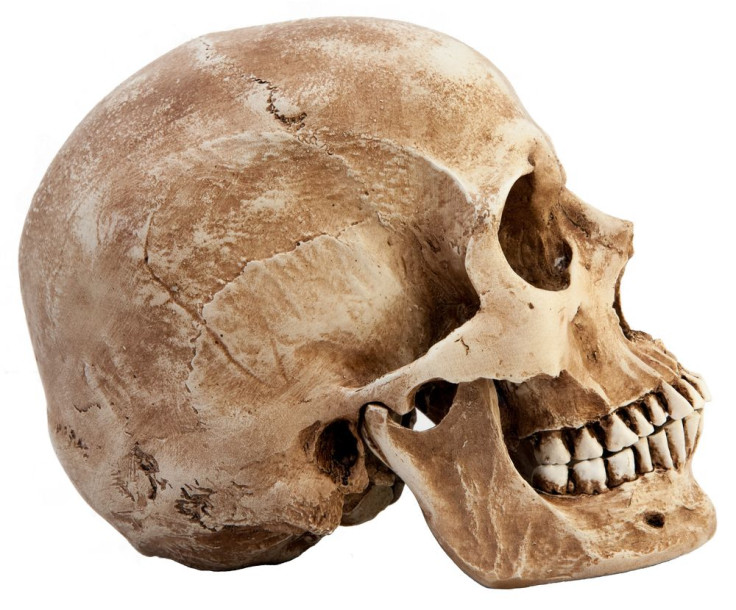
It is safe to assume that when bioarchaeologist Danielle Kurin and her research team discovered 32 remains from the Late Intermediate Period (1000-1250 AD) in Peru's south-central Andean province of Andahuaylas, they did not expect to uncover details about ancient surgery techniques and tools. But that is exactly what Kurin and her colleagues discovered while excavating burial graves after noticing that many of the remains showed signs of trepanation--an ancient process that entails using a hand drill or a scraping tool to remove a portion of the skull.
"When you get a knock on the head that causes your brain to swell dangerously, or you have some kind of neurological, spiritual or psychosomatic illness, drilling a hole in the head becomes a reasonable thing to do," explained Kurin to Science Daily, who is a visiting assistant professor in the Department of Anthropology at UC Santa Barbera and a specialist in forensic anthropology. According to Kurin, whose findings are published in the current issue of the American Journal of Physical Anthropology, the trepanation technique was the remedy of choice for many health problems, but mainly for head injuries. "We can tell a trepanation is healed because we see these finger-like projections of bone that are growing," she continued. "We have several cases where someone suffered a head fracture and were treated with the surgery; in many cases, both the original wound and the trepanation healed."
Wondering exactly how trepanation became a part of ancient Peruvian healing? Kurin elaborates that the answer lies in understanding the Wari civilization and how the empire fell. "For about 400 years, from 600 to 1000 AD, the area where I work — the Andahuaylas — was living as a prosperous province within an enigmatic empire known as the Wari," she said. "For reasons still unknown, the empire suddenly collapsed. But it is precisely during times of collapse that we see people's resilience and moxie coming to the fore. In the same way that new types of bullet wounds from the Civil War resulted in the development of better glass eyes, the same way IED's are propelling research in prosthetics in the military today, so, too, did these people in Peru employ trepanation to cope with new challenges like violence, disease and depravation 1,000 years ago."
Kurin also reveals that their study found that trepanation was almost always done on men and never done on women and children. What's more, she believes that similar to modern-day science, the process was 'perfected' using trial and error. "It looks like they were trying different techniques, the same way we might try new medical procedures today," she said, as reported by Science Daily. "They're experimenting with different ways of cutting into the skull." And when the subject didn't make it, their skull would be donated to the cause.
"The idea with this surgery is to go all the way through the bone, but not touch the brain," added Kurin. 'That takes incredible skill and practice. As bioarchaeologists, we can tell that they're experimenting on recently dead bodies because we can measure the location and depths of the holes they're drilling. In one example, each hole is drilled a little deeper than the last. So you can imagine a guy in his prehistoric Peruvian medical school practicing with his hand drill to know how many times he needs to turn it to nimbly and accurately penetrate the thickness of a skull."
© 2025 Latin Times. All rights reserved. Do not reproduce without permission.





